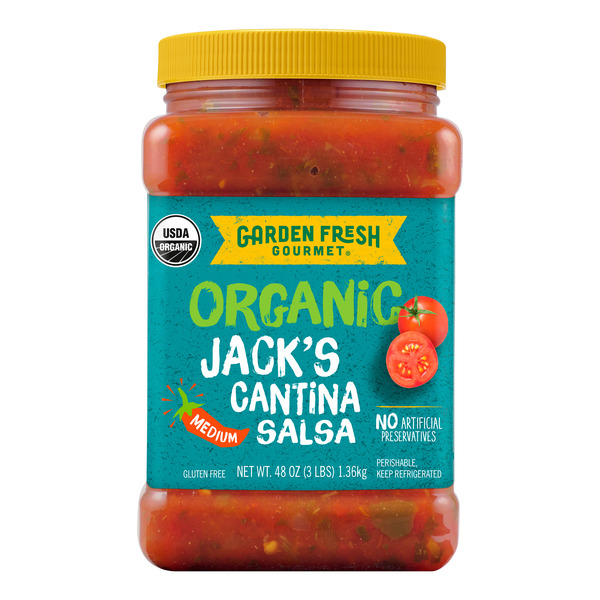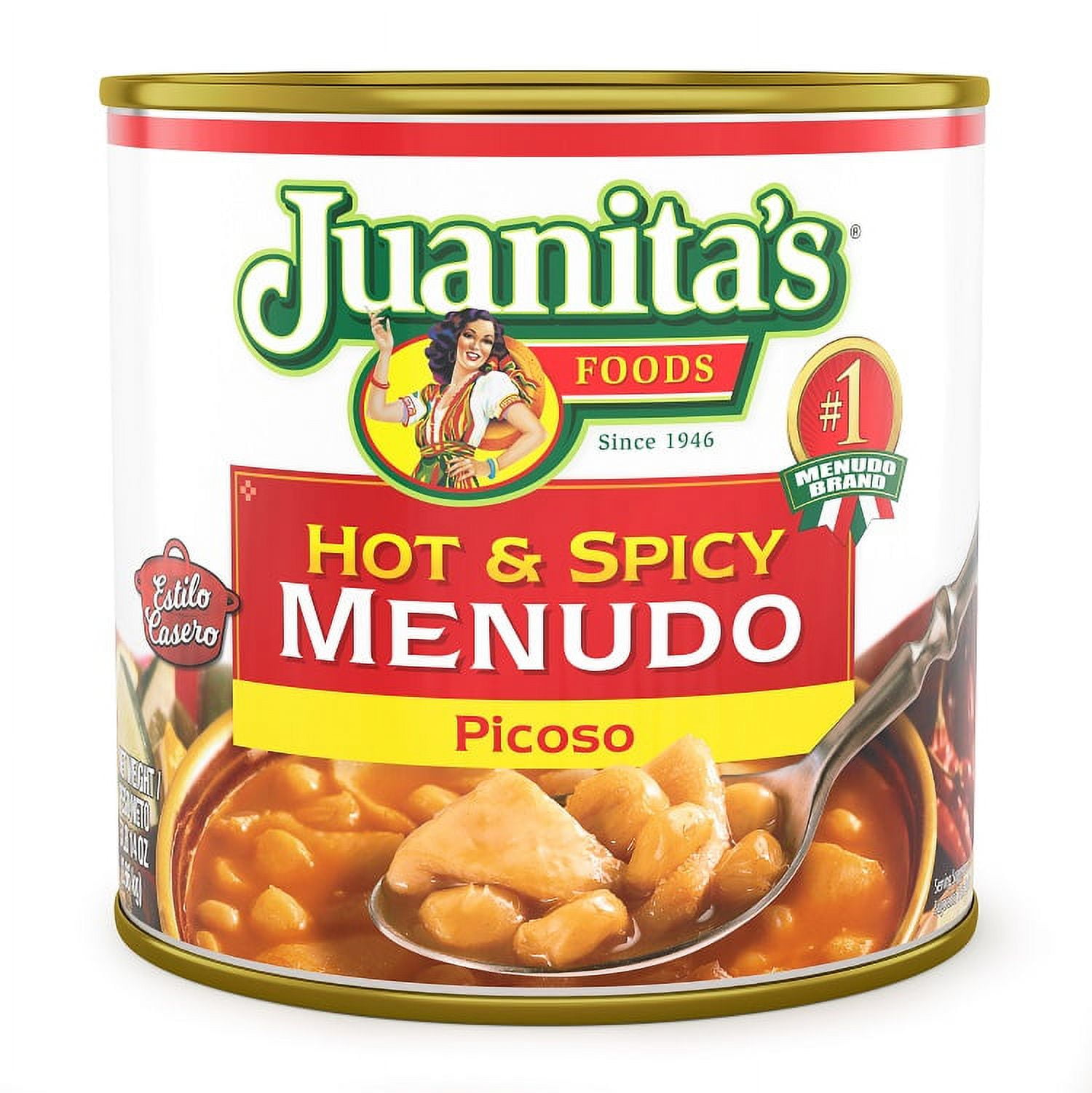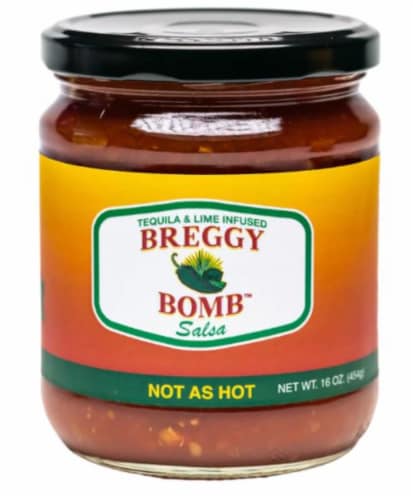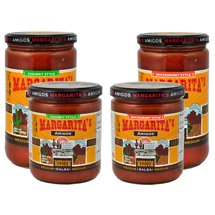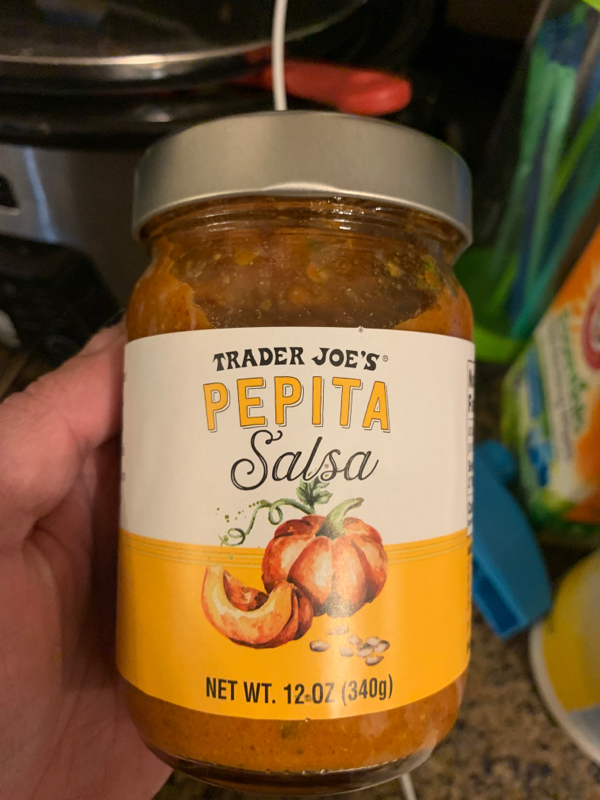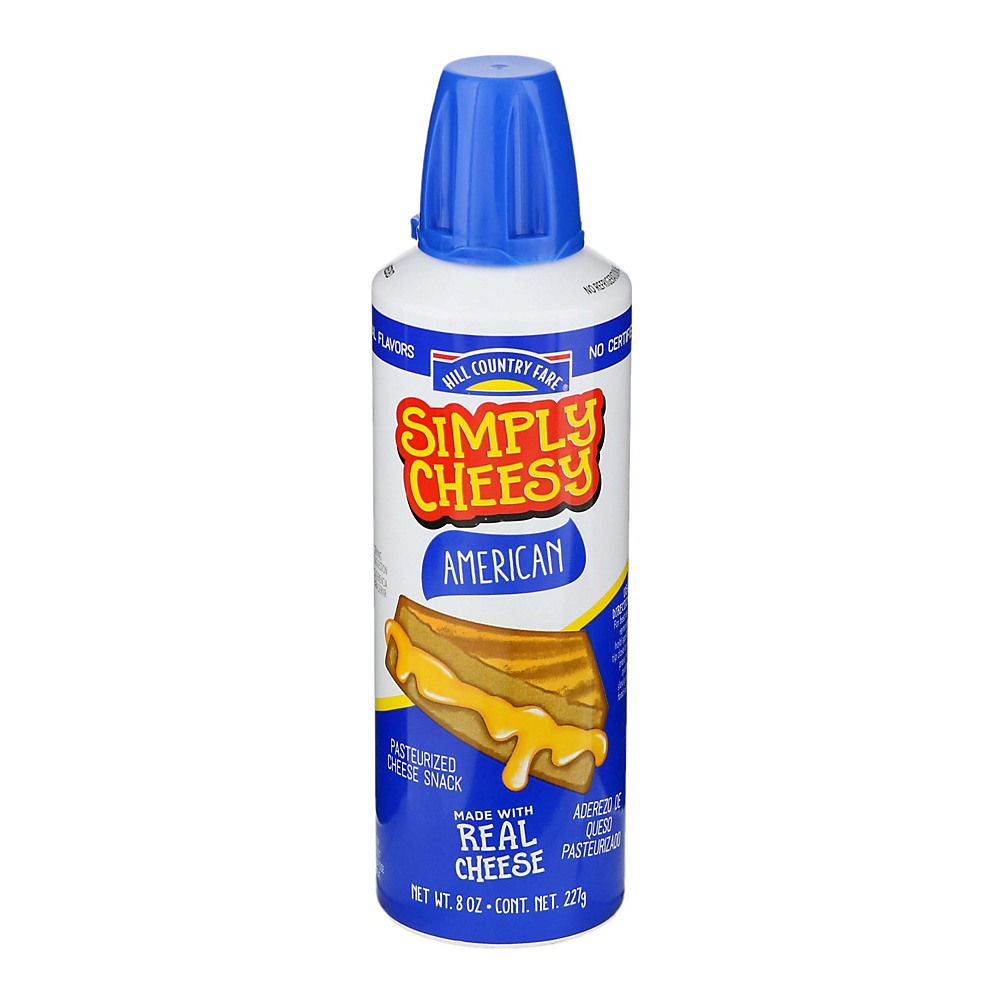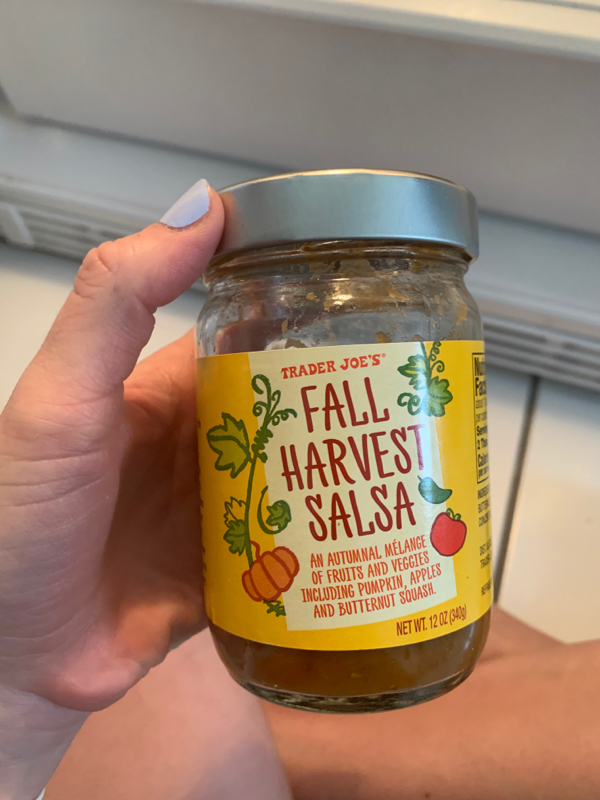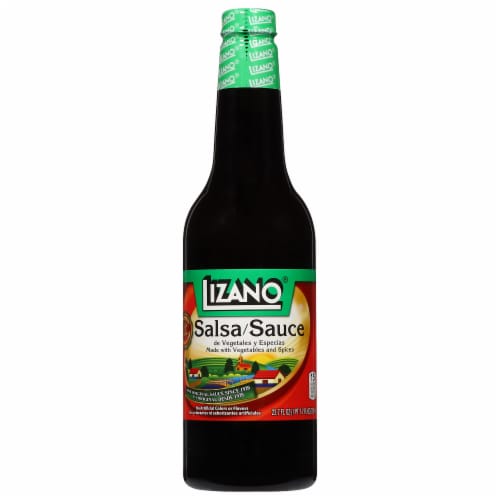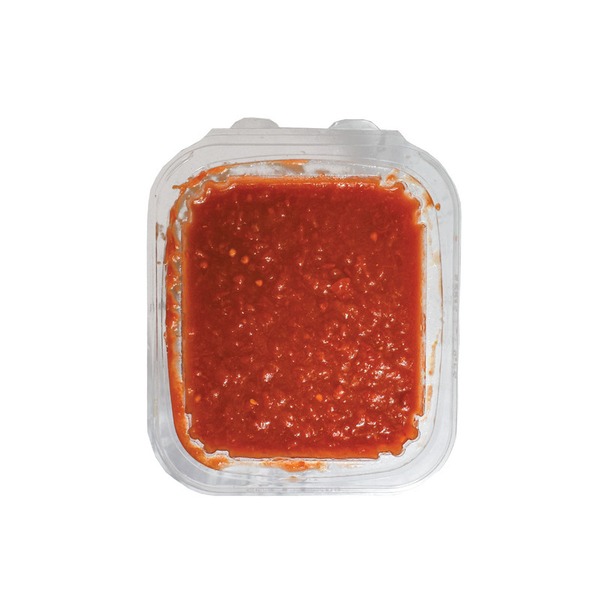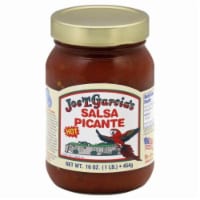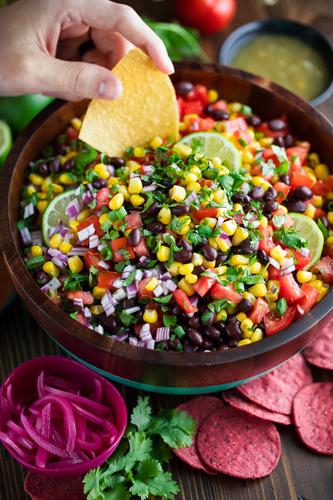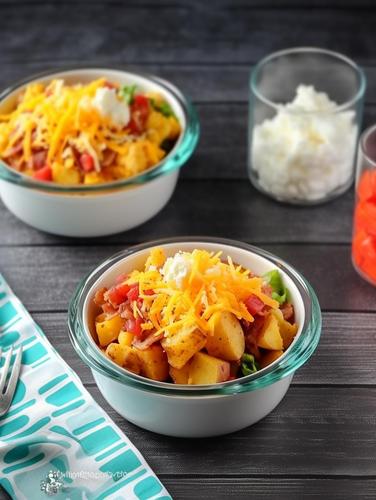CONDIMENTS AND SAUCES
Salsa
Salsa, a popular condiment originating from Mexican cuisine, consists of a combination of chopped tomatoes, onions, chili peppers, and various herbs and spices. Its taste can range from mild to intensely spicy, depending on the type and proportion of ingredients used in the recipe. Salsa not only adds a burst of flavor to a variety of dishes but also offers some nutritional benefits, with its key ingredients being naturally low in calories and fat.
In addition to being a versatile dip for tortilla chips, salsa can also enhance the taste of tacos, burritos, quesadillas, and more. Along with traditional tomato-based salsas, other popular variations include salsa verde (green salsa) primarily comprising tomatillos, and fruit salsas made with ingredients like mango or pineapple. With numerous ways to be prepared, salsa can be easily customized to cater to personal tastes and dietary preferences.
78%
CARBS
3%
FAT
20%
PROTEIN
4,002 Salsa Products
Garden Fresh Organic Jack's Cantina Salsa
Juanita's Hot & Spicy Menudo
Breggy Bomb Not as Hot Tequila & Lime Salsa
Margarita's Amigos Medium Restaurant Style Salsa
Pepita Salsa
Hill Country Fare Simply Cheesy American Spray
Fall Harvest Salsa
Lizano Salsa Sauce With Vegetables and Spices
Eataly Housemade Salsa per Pizza
Jos T. Garcia's Salsa Picante
14 Recipes for Salsa
Used In 269 Recipes
Salsa Is Frequently Used With
Salsa FAQ
When it comes to cooking with salsa, the most common questions and issues arise due to the variations in the types of salsa and how they can be used. People often go wrong in using any type of salsa interchangeably. Certain types may perform better in specific cooking conditions than others. For instance, chunky salsa can be used in dishes where the salsa is meant to stand out, while smooth salsa blends better when cooked with. Also, the intensity of the salsa's heat can greatly alter a dish's flavor. Therefore, it's important to adjust the quantity according to personal spice tolerance.
To get the most out of salsa, consider making it at home. Homemade salsa can be tailored to personal taste, is preservative-free and can be a great way to use up surplus ripe tomatoes or other vegetables. For a quick flavor boost, try roasting or grilling the vegetables before blending them.
One little-known tip is that you can use salsa as a marinade for meat as it has the acid, in the form of tomatoes, which helps break down the proteins and tenderize the meat. Adding a spoonful of salsa to scrambled eggs or an omelet can also make for a more flavorful meal.
How can I thicken my salsa?
Can I use salsa in place of tomato sauce when cooking?
Do I need to cook salsa before using it?
Which salsa is better: homemade or store-bought?
Why is my salsa watery?
Can I use salsa as a marinade?
How can I make my salsa spicier?
How can I reduce the heat in my salsa?
Can I add fruit to my salsa?
Why am I getting a bitter taste in my salsa?
Expiration & Storage Tips
When does salsa expire?
Unopened store-bought salsa generally lasts about 1-2 years beyond the best-by date printed on the packaging. However, once opened, it should be consumed within 1-2 weeks if refrigerated properly. For salsa that's homemade, aim to consume it within 5-7 days after making it, keeping it in the fridge. When it comes to freezing, salsa can be frozen for 1-2 months, though the texture may change somewhat when thawed.
How do you tell if salsa is bad?
Bad salsa can give off a suspicious odor, similar to rotten food or mildew, indicating that it has spoiled. In terms of appearance, if you notice discoloration, mold, or a slimy texture on the surface of the salsa, discard it right away. The taste could also become more sour or tangy than usual, but it's generally not recommended to taste test salsa that has been in the fridge for longer than recommended as it can harbor foodborne bacteria.
Tips for storing salsa to extend shelf life
• Always refrigerate the salsa after opening. Cold temperatures slow down the growth of bacteria, extending the salsa's shelf life.
• Try to use a clean spoon each time you serve the salsa to prevent the introduction of bacteria.
• When storing homemade salsa, it's best to use an airtight container to maintain its freshness.
• If you choose to freeze your salsa, divide it into portion-sized containers. This way, you can thaw only what you'll consume at a time.
• Though freezing will help extend the lifespan of salsa, it can alter its texture making it a bit watery upon defrosting. So, consider consuming it in heated dishes like soups or stews where the change in texture won't be noticeable.
EXPIRES WITHIN
9 - 15
MONTHS
Substitutes

Peach Salsa

Mango Salsa

Salsa Verde

Chipotle Pineapple Salsa

Salsa Roja

Sweet Onion Salsa

Tomatillo Salsa

Tropical Salsa

Black Bean Corn Salsa

Pico De Gallo
See All
Health Info
Macros
1g
CARBS
0g
FAT
0g
PROTEIN
Allowed on these diets
LOW FAT
HIGH CALCIUM
VEGETARIAN
KETO
PALEO
WHOLE 30
MEDITERRANEAN
LOW CARB
VEGAN
LACTOSE FREE
GLUTEN FREE

